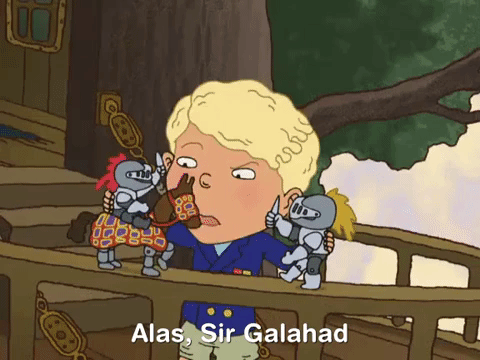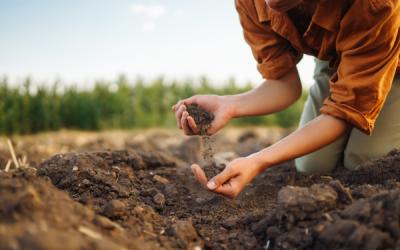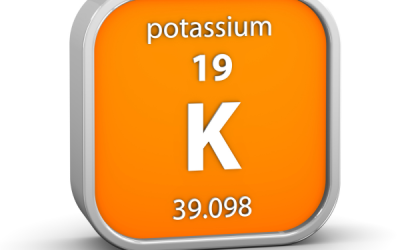The T-word has almost become a swear word recently. That’s right: tariffs.
Tariff tsunami: On day one of re-entering the Oval Office, President-elect Donald Trump says he plans to sign an executive order to impose a 25% tariff on goods imported from Canada and Mexico, plus an additional 10% levy on Chinese imports. Trump says he would keep the tariffs in place to pressure the two neighboring countries to curb the flow of fentanyl and migrants into the U.S.
Now, many are wondering what this means—just take a look at the spike in Google searches the past month.
What are the impacts? Mexico and Canada are the U.S.’s top trading partners. The two countries export significant amounts of agricultural goods to the U.S., including fruits, vegetables, meat, and dairy. And don’t forget the avocados, where nearly 90% are sourced from Mexico.
If these tariffs are enacted, consumers would likely feel the effect at the grocery store through higher prices and possible shortages.
Mexico president Claudia Sheinbaum suggested her country should introduce its own levies if Trump follows through with tariffs. It wouldn’t be the first time: Canada and Mexico imposed retaliatory tariffs on U.S. agricultural products in 2018.
Soundbite: “To one tariff will follow another in response and so on, until we put our common businesses at risk.” — Sheinbaum
Mexico is currently the top importer of U.S. corn and pork, which could also be impacted if Mexico retaliates.
Just blowing smoke? Trump plans to use tariffs as a bargaining chip, and many hope that won’t come at the expense of Americans. As Trump’s inauguration approaches, it may become more apparent if countries believe the president means what he says—or calls his bluff.
Soil Data Gets Series B Funding
DNA analysis is all the rage these days—from uncovering long lost cousins to decoding your dog’s...
USDA to Revamp Rural Priorities
The U.S. Department of Agriculture is cracking down on racial discrimination. Rural revamp:...
Running Out: Global Ag Soils Low in K
Fertile soils are vital to productive agriculture and global food security. But according to a...




